Depending on where you’re coming from and what airline you’re flying to Rome, you’ll end up in one of the city’s two main airports — Fiumicino or Ciampino.
It heavily depends on whether you’re flying regionally or internationally due to the airport’s size and capability, as Fiumicino is much larger and busier than Ciampino. Here’s what you need to know about each airport.
Rome’s Airports Compared
| Aspect | Fiumicino (FCO) | Ciampino (CIA) |
|---|---|---|
| Airport Type | Primary international airport | Secondary airport, mainly for low-cost carriers |
| Distance from Rome City Center | 22 miles (35 km) | 9 miles (14 km) |
| Transportation Options | Train, bus, taxi, rental car | Bus, taxi, rental car (no train) |
| Terminals | 4 terminals | 2 terminals |
| Annual Passengers | 43 million (2019) | 6 million (2019) |
| Top Airlines | Alitalia, Ryanair, EasyJet, Vueling | Ryanair, Wizz Air, EasyJet |
| Amenities | Extensive dining, shopping, lounges | Limited dining and shopping options |
| Connectivity | Hub for international flights | Mainly domestic and European flights |
Key Considerations:
- Fiumicino is the larger, better-connected airport for international travel
- Ciampino is closer to the city center and ideal for budget airlines
- Fiumicino offers more transportation options, including direct train service
- Ciampino has fewer amenities but can be more convenient for short European trips
Fiumicino Airport
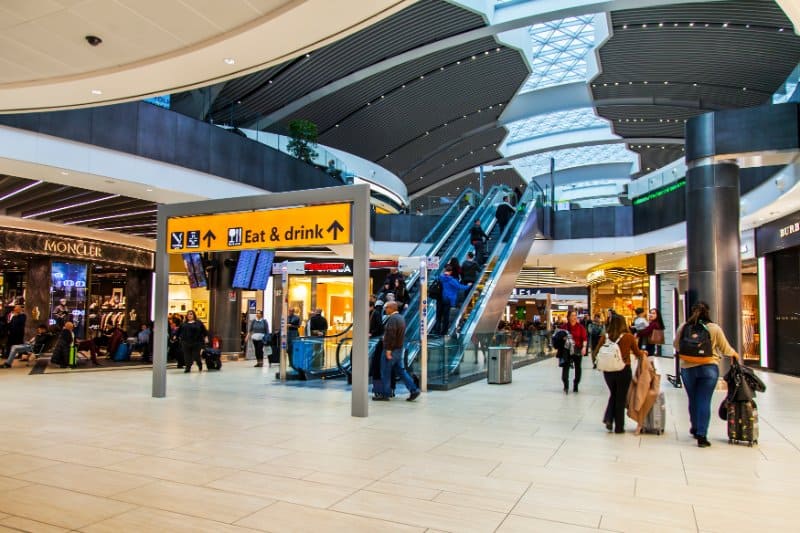
Rome’s main airport, and the larger of the two by far, Fiumicino (FCO), is typically the airport of choice when flying to and from Rome. As you’ll learn, Fiumicino is the only Roman airport offering long-distance, international flights. So, if you’re flying from overseas into Rome, you will be flying into one of the five terminals at Fiumicino when you arrive.
Due to its relatively larger size and being busier than Ciampino, Fiumicino has many more stores and restaurants. This is good because you should expect long wait times for almost anything at this busy airport.
If you’re flying in from out of the country, you’ll have to wait not only for your baggage—which can take up to an hour or more—but also for immigration, which can easily take another hour or two.
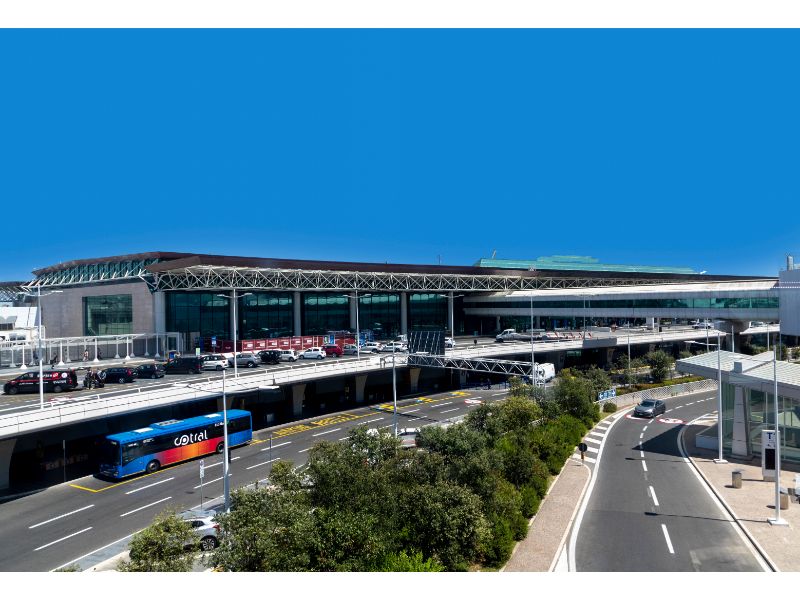
From Fiumicino, it’s easy to get to Rome and the city center no matter how you want to make the trip. From the airport itself, you have all the popular travel options to reach the city of Rome: trains, buses, or taxis.
Leaving Fiumicino, you can choose from a regional or high-speed train to head straight to Termini (the main station in Rome) in 30 minutes or less. Depending on traffic, many bus options will take you to the same spot, although it’ll take about 40-45 minutes.
Lastly, if you don’t want to take the train or ride in a crowded bus, you can pay the extra cost and take a taxi from Fiumicino, but it’s typically not worth the price compared to the other options.
Read Also: Essential Outdoor Dining Options in Rome
Ciampino Airport

If you’ve been to Fiumicino (or almost any other airport), you may be shocked at just how small Ciampino (CIA) airport is when you arrive. This tiny airport only has one terminal, which isn’t always bad. It’s less crowded, far less busy, and much easier to find your way around than the bustling activity common at Fiumicino.
As alluded to previously, Fiumicino is the only option for long-distance international flights, so you won’t be flying into or out of Ciampino if that’s the case. This may or may not be good in your eyes, depending on where you’re flying to or from, but there’s one for sure — getting through security and baggage at Ciampino is way faster than it is at Fiumicino! Without all the immigration, passport, and long security lines, you can be in and out of Ciampino in no time.
This is a good thing because, unlike Fiumicino, Ciampino is not filled with shopping locations or restaurants to eat at. So you won’t have much to do at the airport once you’re through security, but you also won’t have to get there two or more hours early either. So it’s both good and bad, but Ciampino is what you can expect from a tiny regional airport.
Fiumicino vs Ciampino: Which Rome Airport Offers the Best Travel Experience?
Access and Transportation
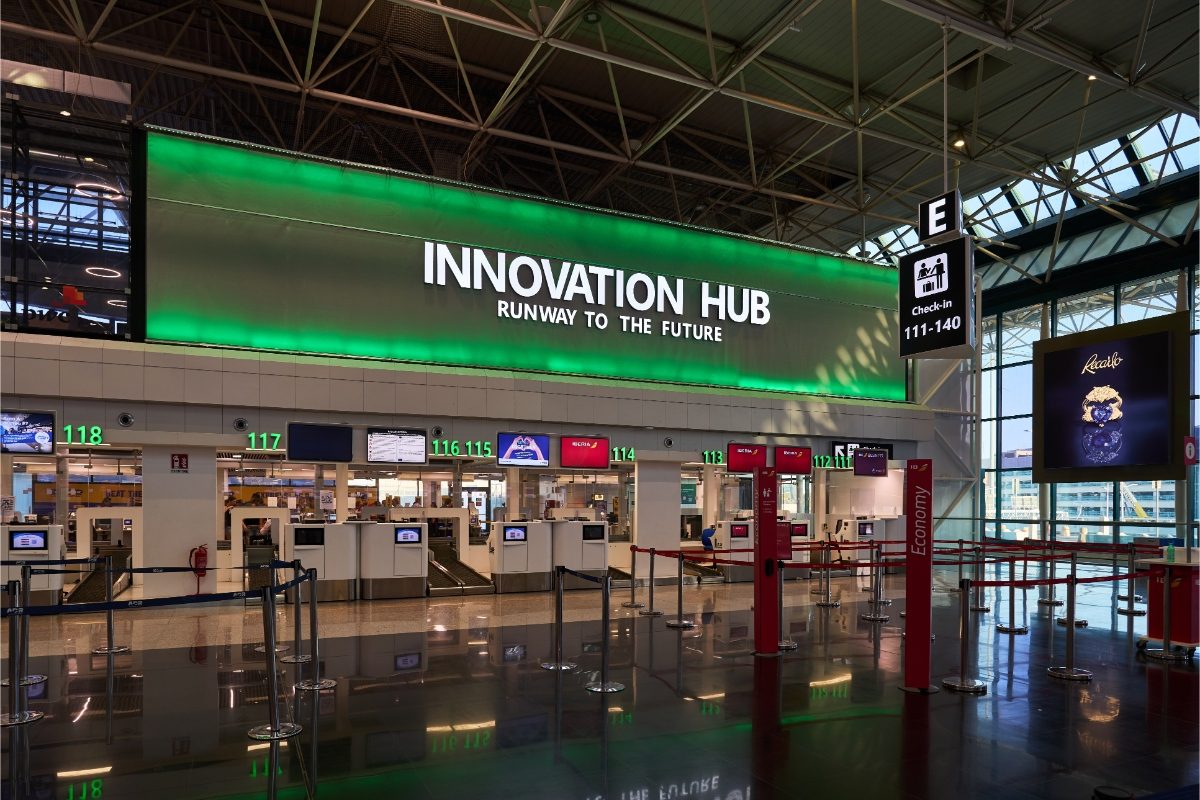
Getting to and from Rome’s airports is easy and has lots of choices. Each airport has its perks when it comes to moving around. Let’s explore how you can travel between the city and these two airports.
Airport Transfers to and from Fiumicino
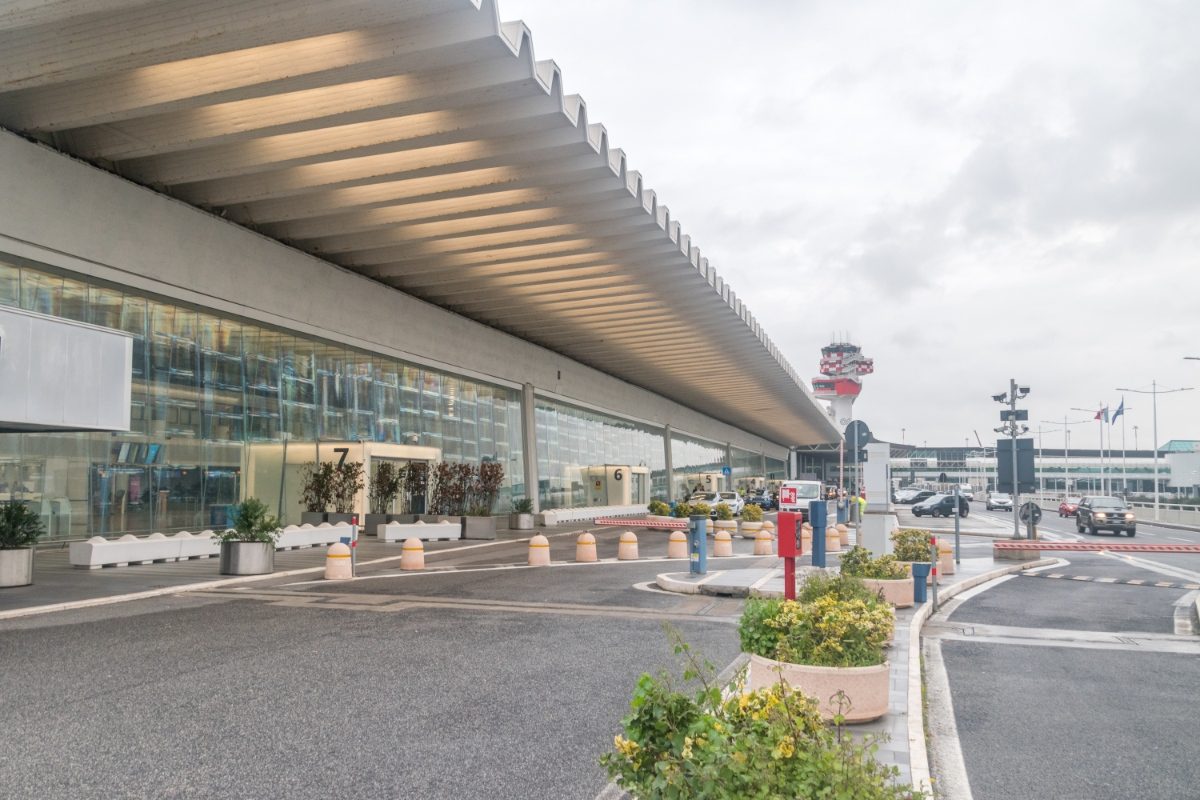
Fiumicino Airport, also called Leonardo da Vinci Airport, has great links to Rome. The Leonardo Express train is a quick way to get to the city center. It takes about 30 minutes and drops you off at Roma Termini station. Trains leave every 15-30 minutes.
If you prefer buses, there are plenty. They’re cheaper than the train but take longer, usually about an hour. Companies like Terravision and SIT run regular services to Termini station.
For a more comfortable ride, you can book a private transfer. It’s pricier, but you get door-to-door service. This is perfect if you have lots of bags or are traveling in a group.
Airport Transfers to and from Ciampino
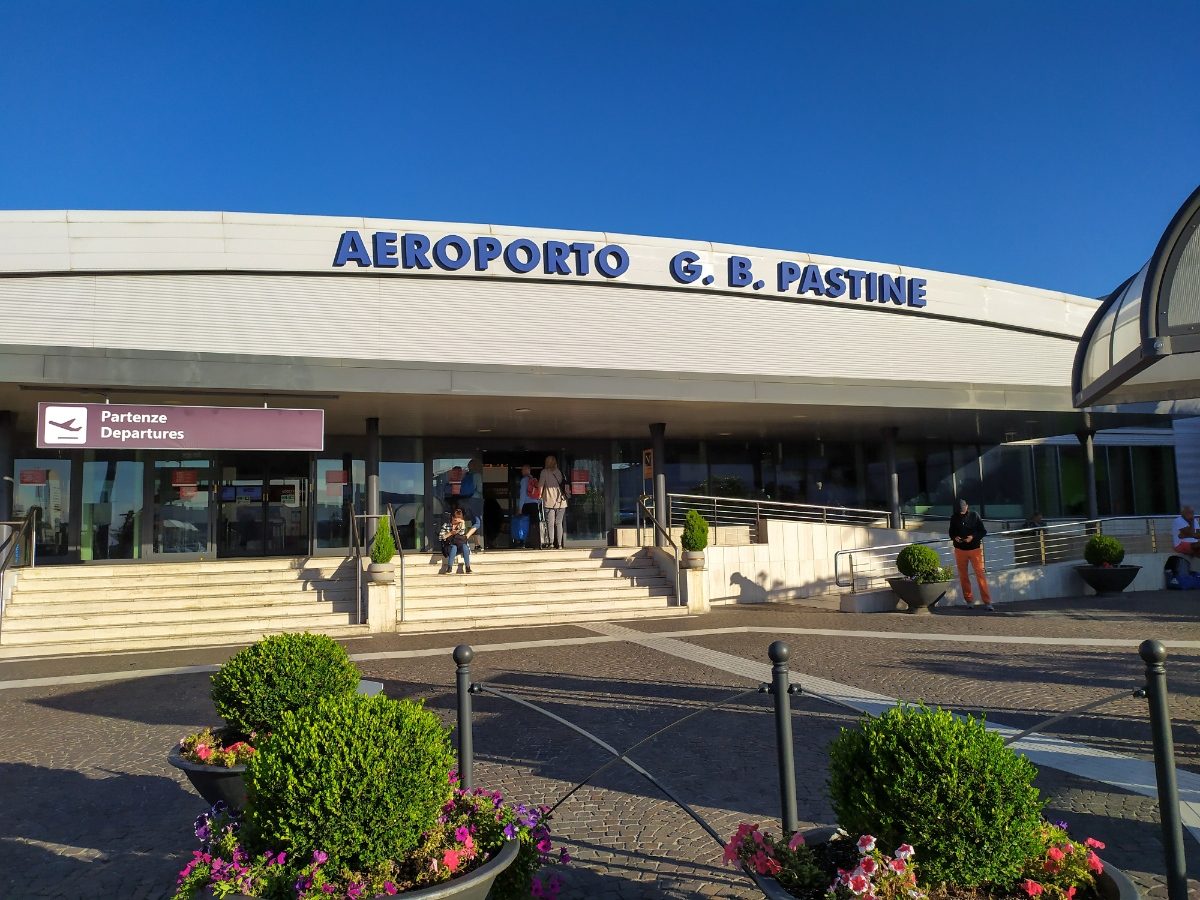
Ciampino Airport is closer to Rome but has fewer transport options. There’s no direct train, but buses are plentiful and cheap. Companies like Terravision and SIT offer services to Termini station. The trip takes about 40 minutes, depending on traffic.
You can also catch a local bus to the Anagnina metro station and then take the subway into the city. It’s a bit more work but can be faster during rush hour.
Taxis from Ciampino have a fixed rate of €30 to central Rome. If you travel with others and want to split the cost, it’s a good deal.
Public Transport Options
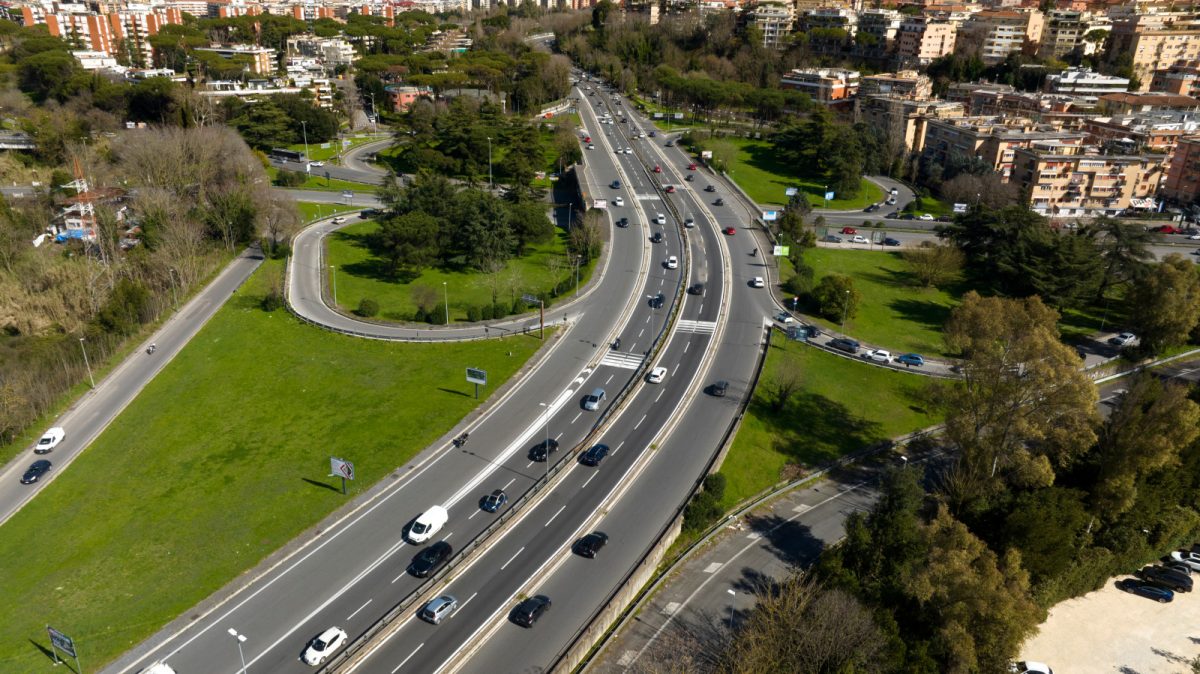
Once in Rome, there are many ways to get around. The metro is fast and easy, with three lines covering the main areas. Buses and trams fill the gaps, reaching parts of the city the metro doesn’t.
Buy tickets before you board. You can get them at metro stations, tobacco shops, or newsstands. A single ticket costs €1.50 and is good for 100 minutes on buses and one metro ride.
If you’re staying a while, consider a travel pass. They come in 24-hour, 48-hour, and 72-hour options. They’re great value if you plan to use public transport a lot.
Taxi and Private Hire Services
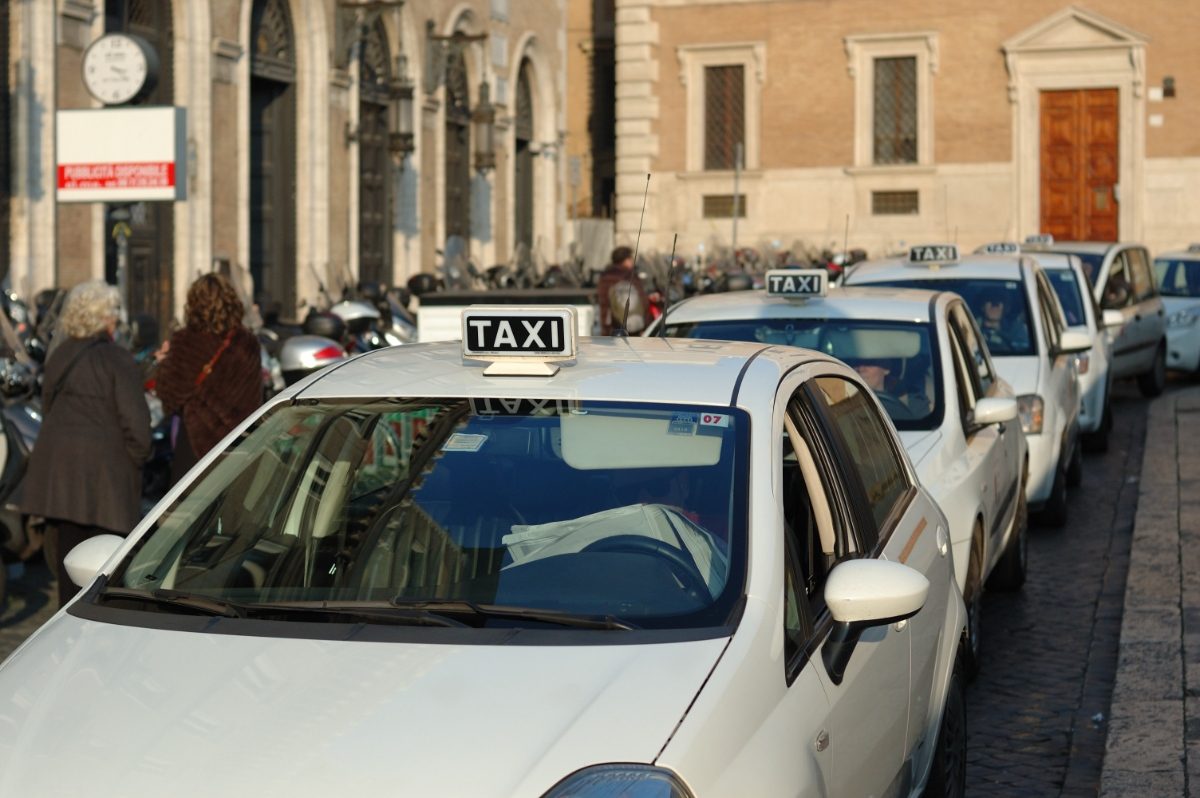
Rome’s taxes are white and have a “TAXI” sign on top. Look for official taxi stands or call for one. Don’t hail them on the street – it’s not allowed.
Rides within the city have fixed rates. For example, it’s €48 from Fiumicino to central Rome. Always check the rates before you start your trip.
Ride-hailing apps like Uber also operate in Rome. They can be handy, especially if you don’t speak Italian.
Car Rentals and Driving Considerations
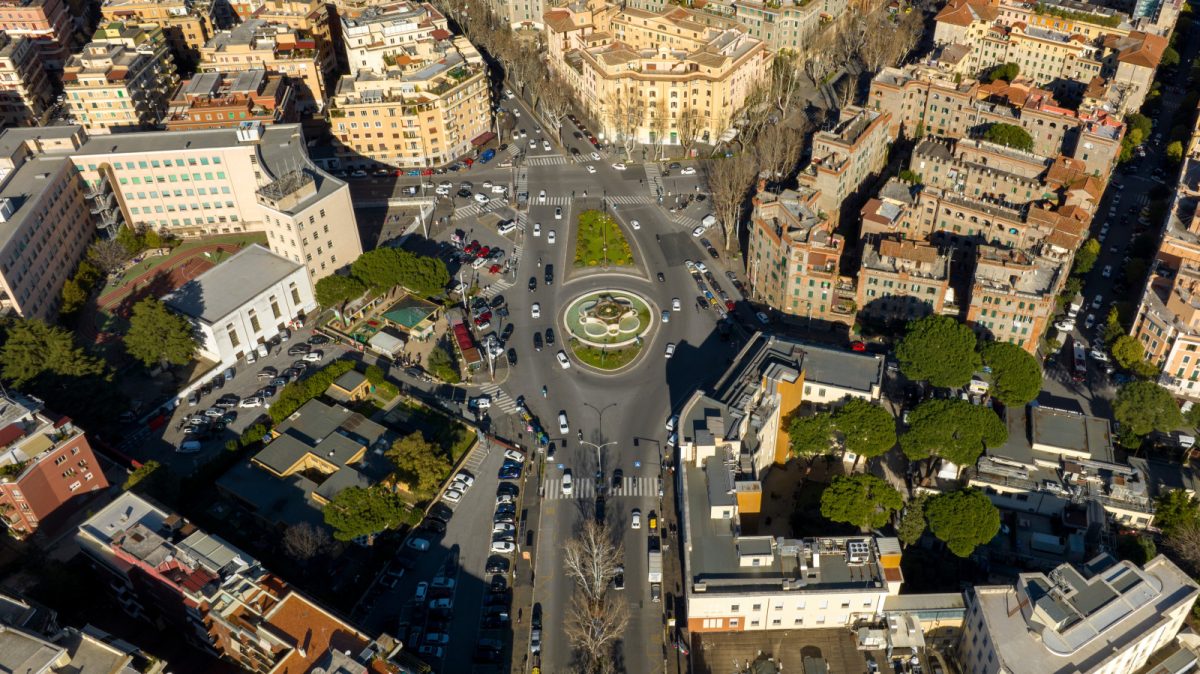
Both airports have car rental desks. Renting a car is easy, but think twice before driving in Rome. Traffic is crazy, and parking is a nightmare.
If you rent, remember that many city center areas are off-limits to non-residents. These “ZTL” zones have cameras; you’ll get fined if you enter without permission.
Parking is tough and expensive in the city. If your hotel offers parking, grab it. It’s worth the extra cost to avoid the stress of finding a spot.
For day trips outside Rome, a car can be great. Just wait to pick it up until you’re ready to leave the city. You’ll save on parking fees and avoid city driving headaches.
Amenities and Services
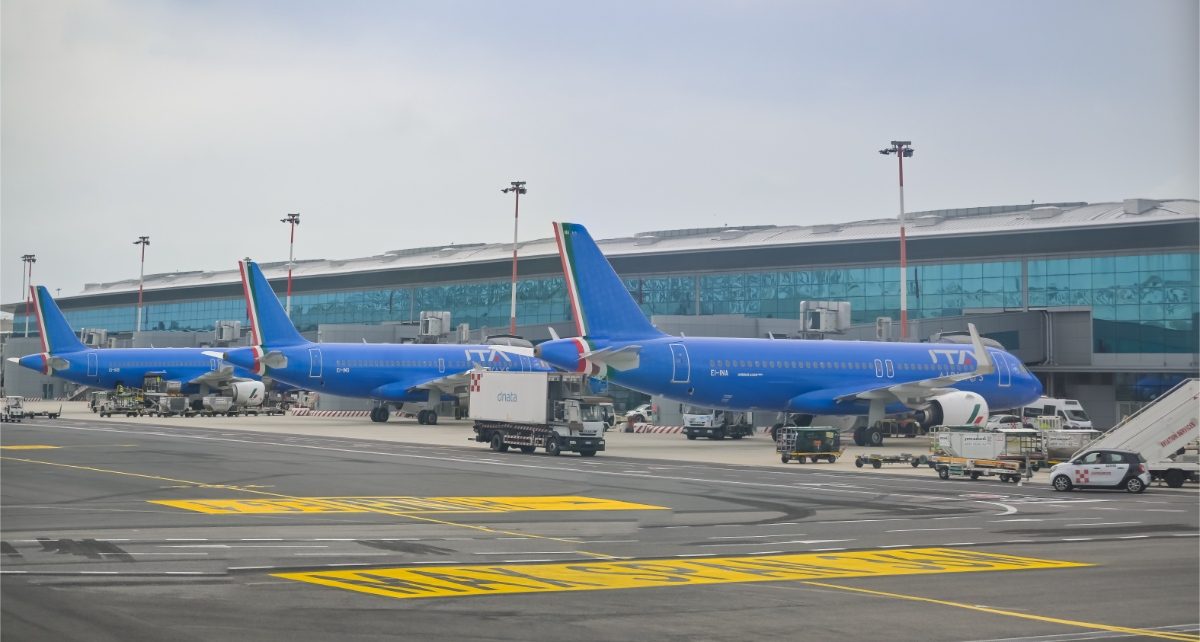
Fiumicino and Ciampino airports offer different levels of amenities and services for travelers. Fiumicino provides a more extensive range of options, while Ciampino offers necessities for a quick trip.
Retail and Duty-Free Shopping
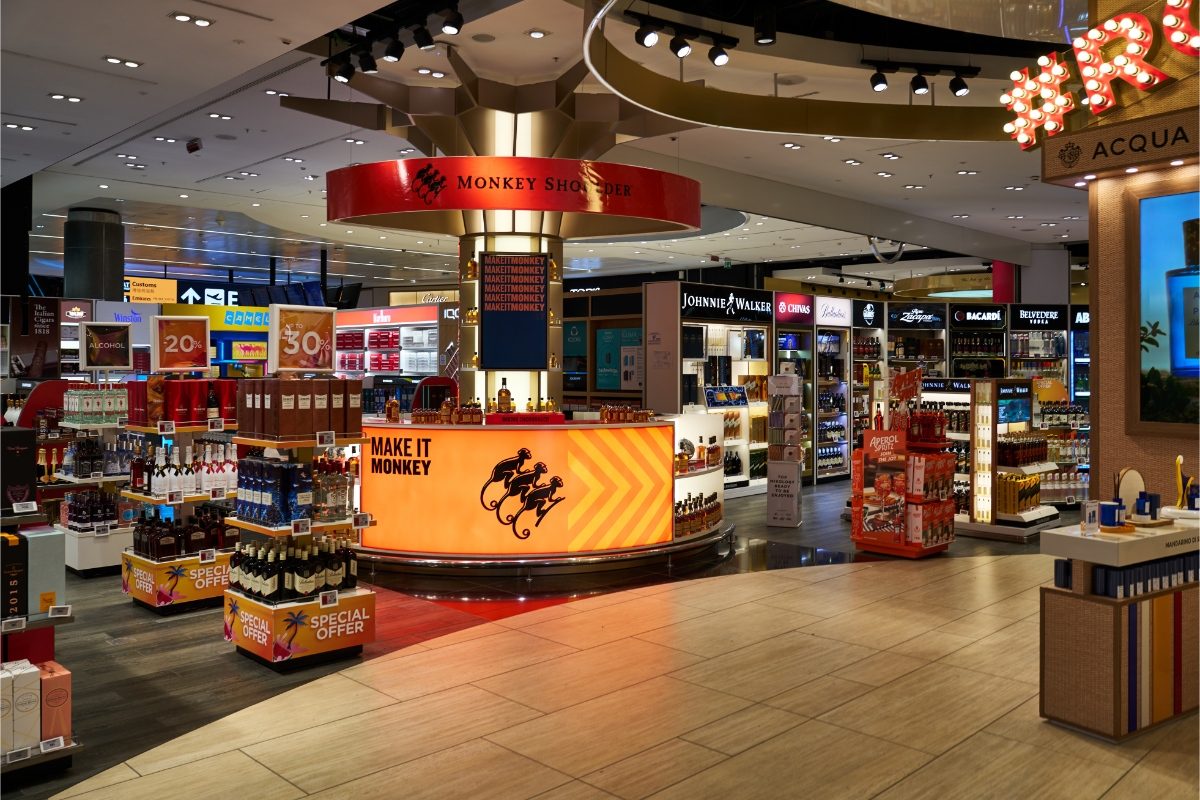
Fiumicino boasts a wide array of shops and boutiques. Travelers can find Italian fashion brands, electronics, and souvenirs. The duty-free area is huge, with perfumes, cosmetics, and local wines.
Ciampino’s shopping options are more limited. There’s a small duty-free shop and a couple of newsstands. Travelers can grab last-minute gifts or travel essentials, but it’s not a shopping destination.
Both airports have ATMs and currency exchange services for convenience.
Dining: Restaurants and Fast Food
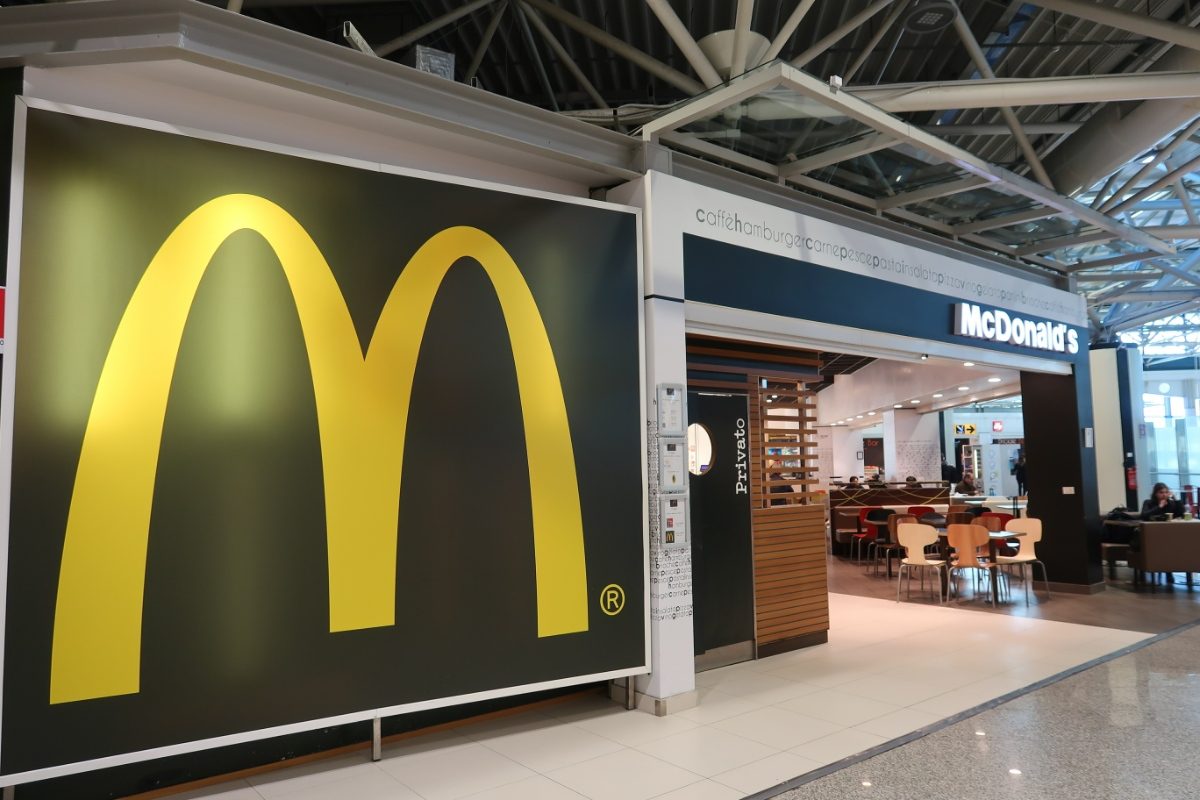
Fiumicino shines when it comes to food choices. It has a mix of sit-down restaurants and quick-service options. Eataly offers authentic Italian cuisine, while familiar fast-food chains provide comfort food.
Ciampino’s dining scene is basic but functional. A few cafes and bars serve sandwiches, pastries, and coffee. Prices tend to be lower than at Fiumicino.
Both airports have spots to grab a quick espresso before takeoff.
Passenger Services and Lounges
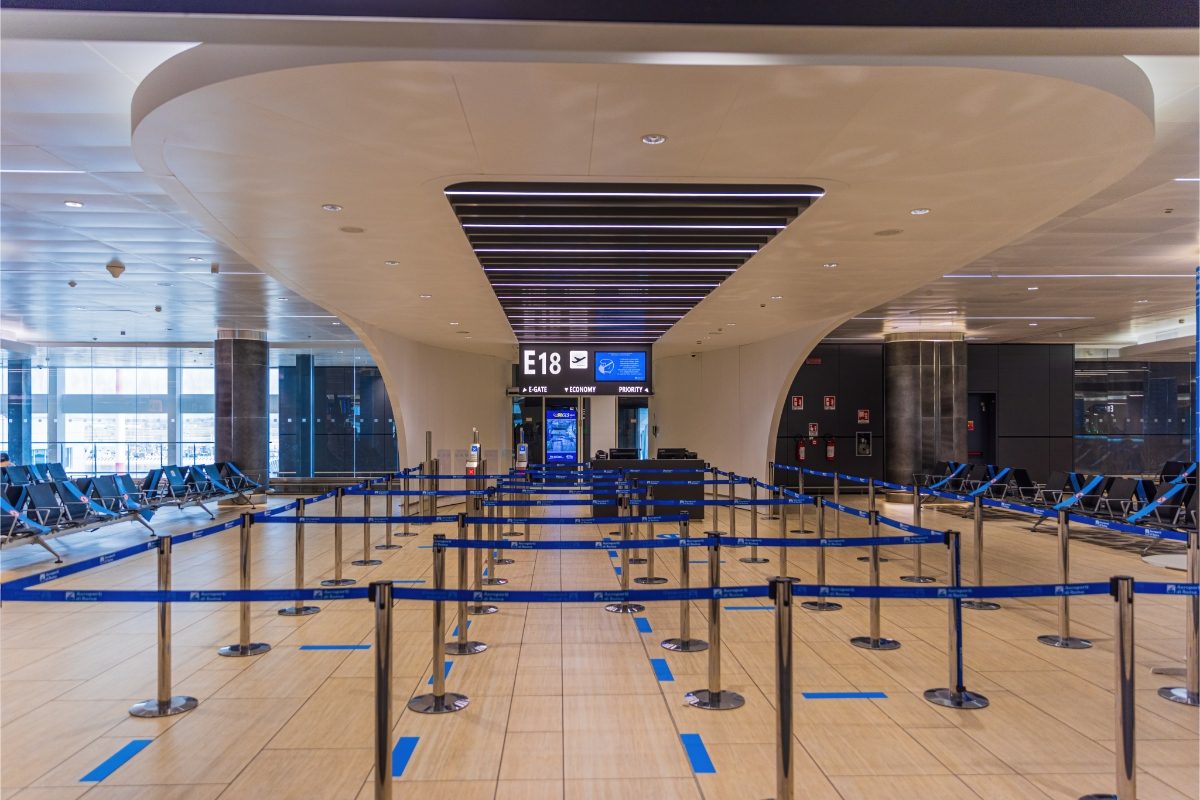
Fiumicino caters to all types of travelers. It has several lounges for business and first-class passengers. Free Wi-Fi is available throughout the airport. There are also prayer rooms and a medical center.
Ciampino offers fewer frills but covers the basics. It has free Wi-Fi and a small business center. There are no dedicated lounges, but the airport is compact and easy to navigate. Both airports assist passengers with reduced mobility.
Airlines and Destinations
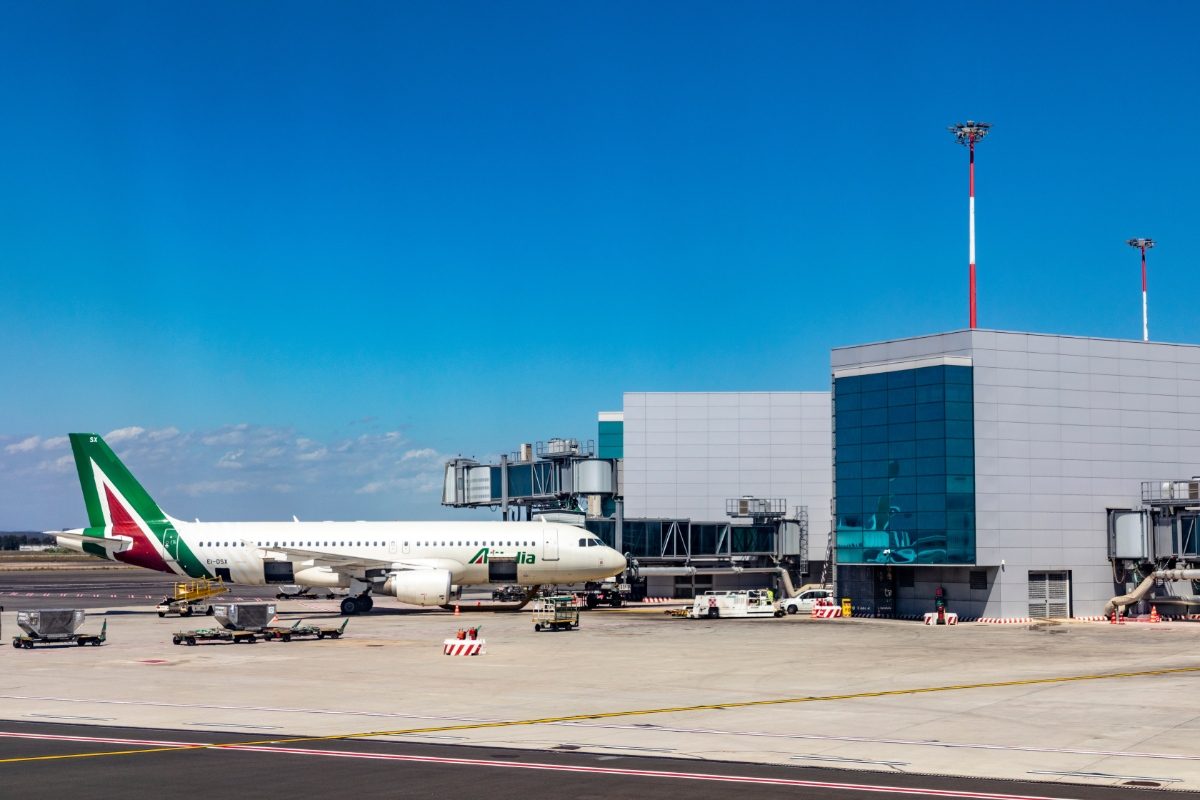
Fiumicino and Ciampino airports serve different types of airlines and destinations. Fiumicino handles most major international carriers, while Ciampino focuses on budget airlines for European routes.
Main Airlines Operating at Fiumicino
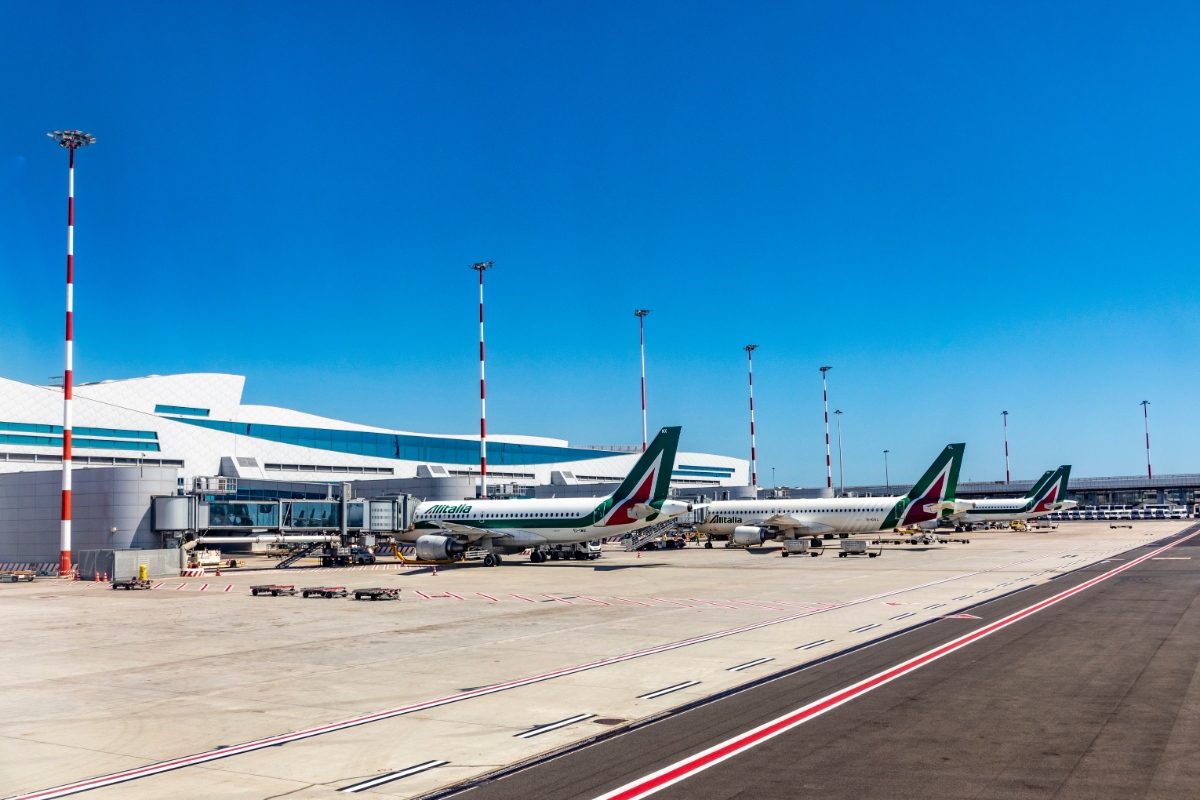
Fiumicino Airport is the main hub for ITA Airways, Italy’s national carrier. It’s where you’ll find big names like Delta Air Lines, British Airways, and American Airlines. Emirates and Air Canada also fly into Fiumicino, making it a bustling international gateway.
ITA Airways offers the most routes, connecting Rome to cities across Europe and beyond. If you’re flying from the US or Canada, chances are you’ll land at Fiumicino. The airport’s four terminals buzz with activity, handling millions of passengers annually.
Fiumicino is also the airport of choice for the jet-set crowd heading to Rome for film festivals or fashion shows.
Low-Cost Carriers at Ciampino
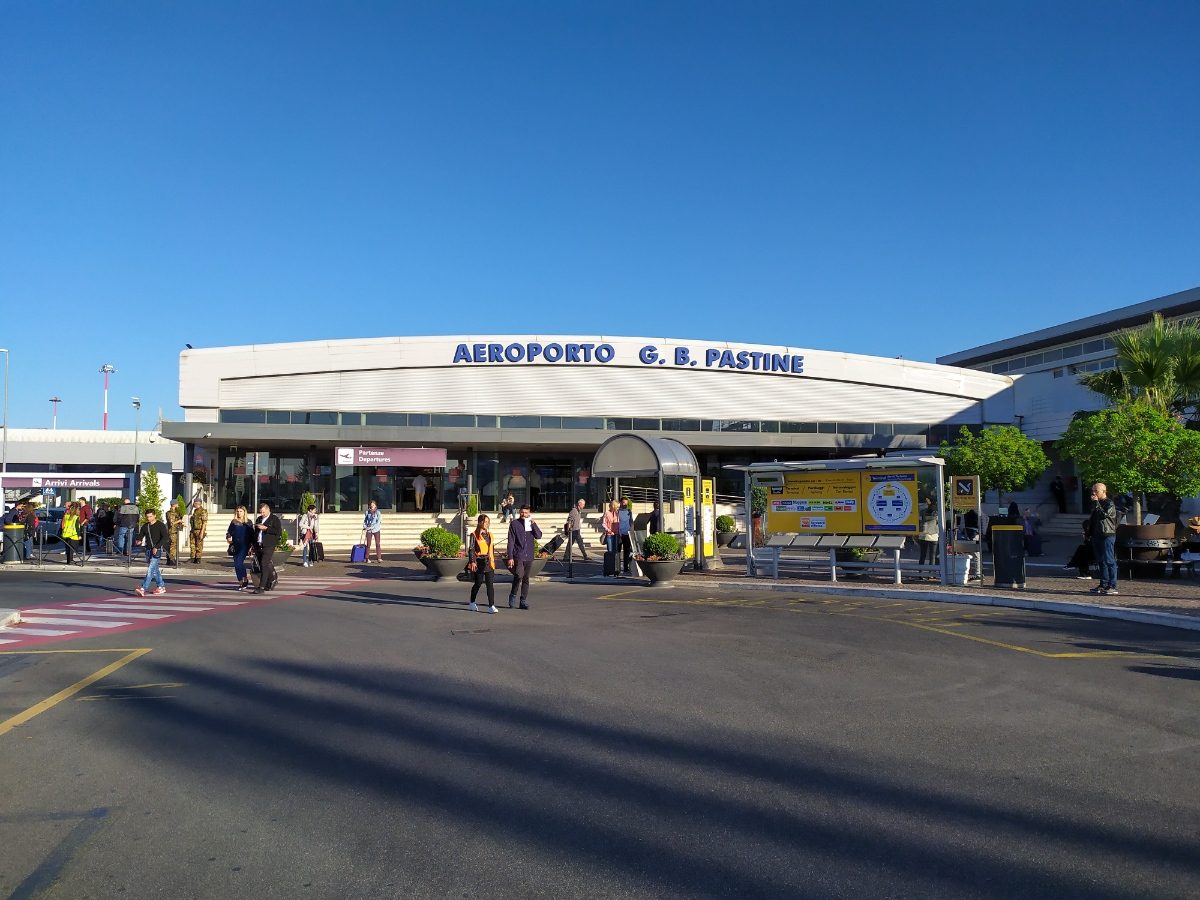
Ciampino Airport is the go-to for budget-conscious travelers. It’s the Rome base for Ryanair and Wizz Air, two of Europe’s biggest low-cost carriers. These airlines offer cheap flights to dozens of European cities.
Ryanair dominates at Ciampino, with routes to popular spots like London, Barcelona, and Dublin. Wizz Air connects Rome to Eastern European cities like Budapest and Bucharest. The airport is smaller and more basic than Fiumicino, but that’s part of its charm.
Flying from Ciampino feels more laid-back. You might even spot Italian families heading off on their summer holidays, armed with enough food to feed a small army.
International Flight Networks
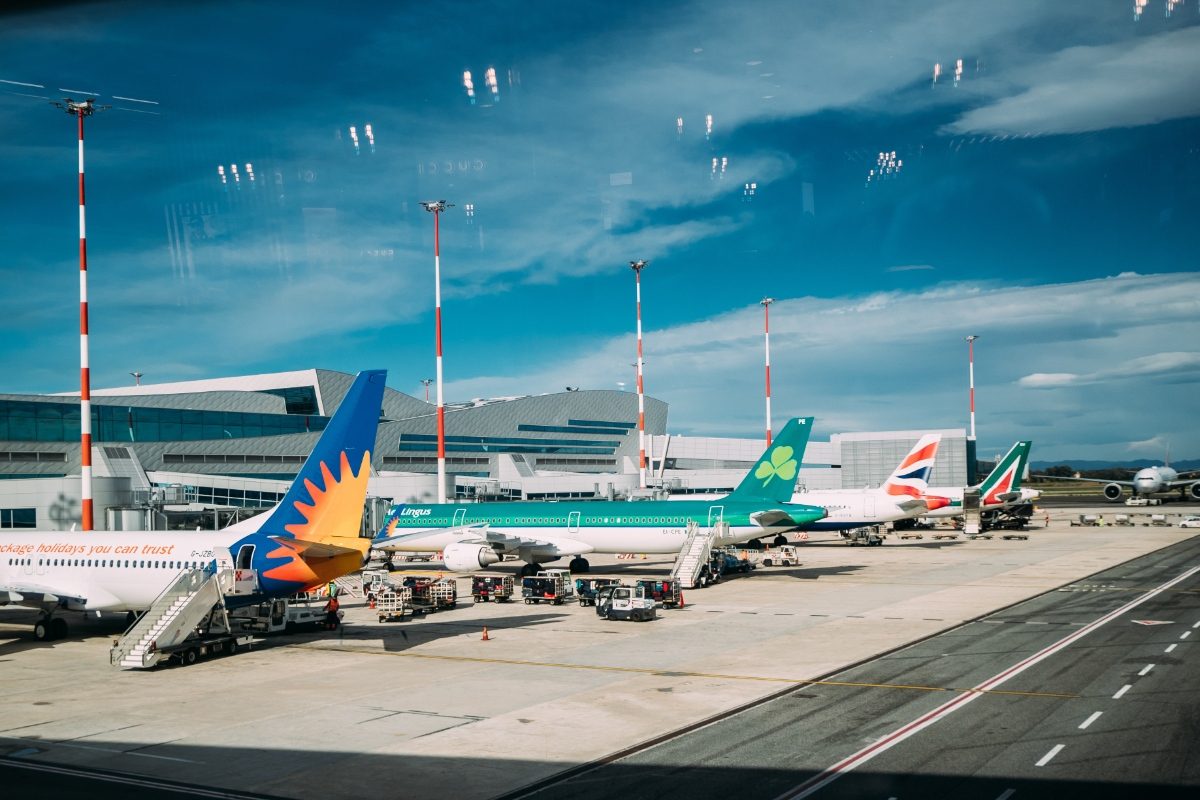
Fiumicino’s international network is huge. You can fly directly to New York, Tokyo, Dubai, and anywhere else. It’s the airport to use if you’re heading outside Europe or to far-flung corners of the continent.
Ciampino’s international options are limited to Europe and nearby countries. It’s perfect for quick getaways to Paris or Athens but not for long-haul trips. The airport mainly serves the Schengen area, so passport control is often quicker.
Both airports connect Rome to the world but in different ways. Fiumicino is your global gateway, while Ciampino is the express route to Europe’s coolest cities.
Practical Information
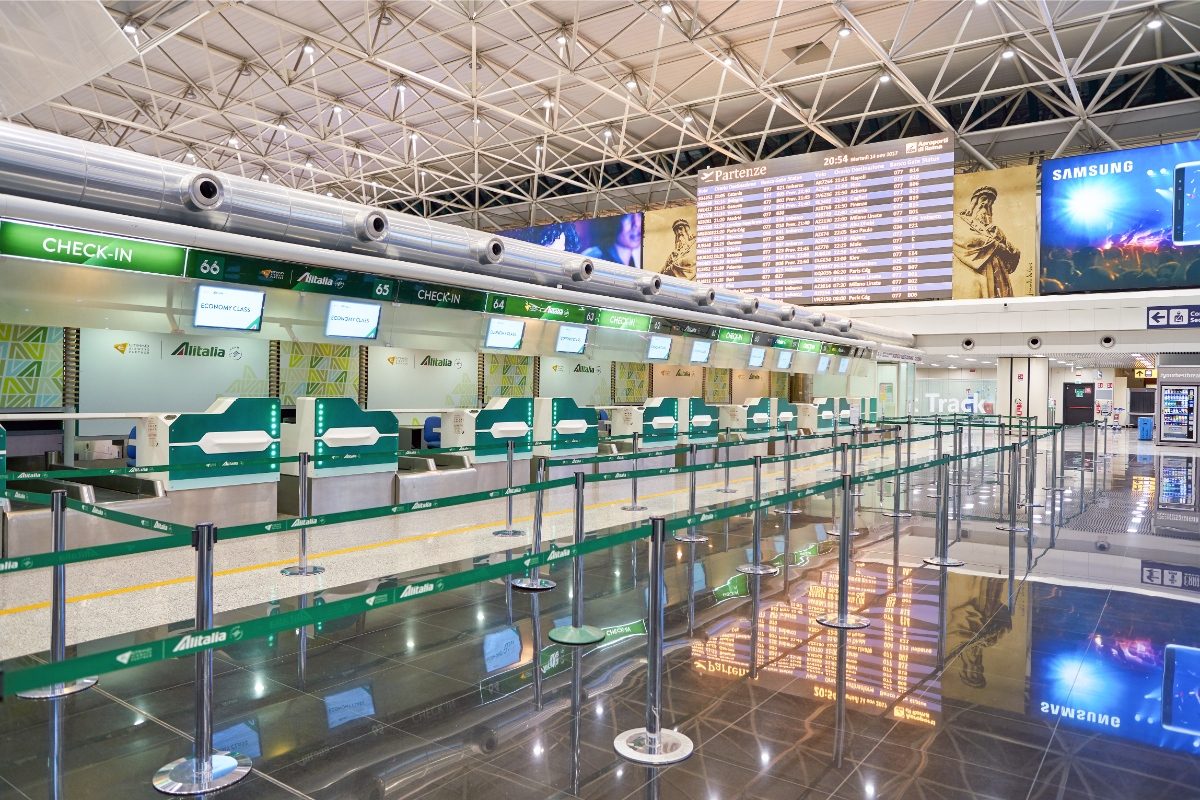
Getting through airport procedures smoothly can make or break your Rome trip. Here’s what you need to know about the nitty-gritty details at Fiumicino and Ciampino airports.
Baggage and Check-In Procedures
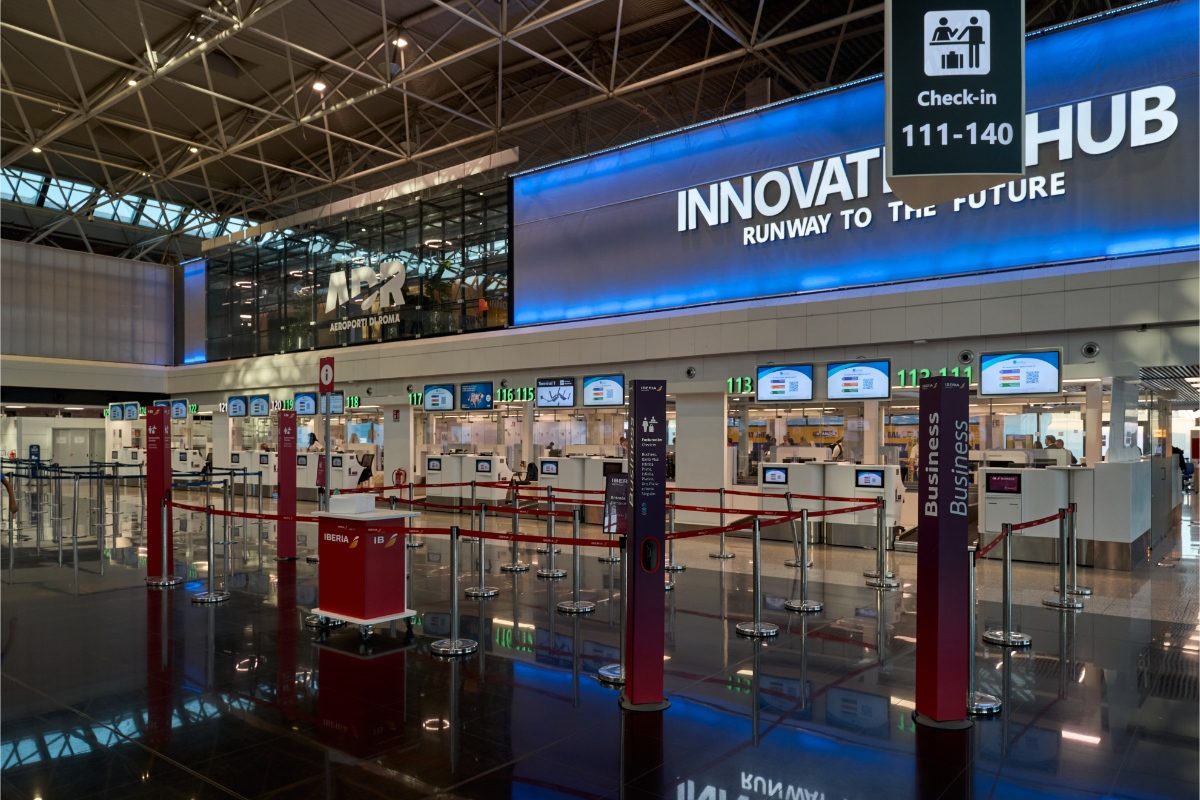
At Fiumicino, you’ll find spacious check-in areas with plenty of counters. Most airlines offer self-service kiosks to speed things up. Ciampino’s smaller size means fewer check-in options, but lines usually move quickly.
Both airports have luggage weight limits. Checked bags are usually 20-23 kg, while carry-ons are 8-10 kg. Oversized or extra bags might cost you, so pack smart!
If you’re flying budget airlines from Ciampino, double-check their strict baggage rules. They love to charge for even slightly overweight bags.
Airport Fees and Additional Charges
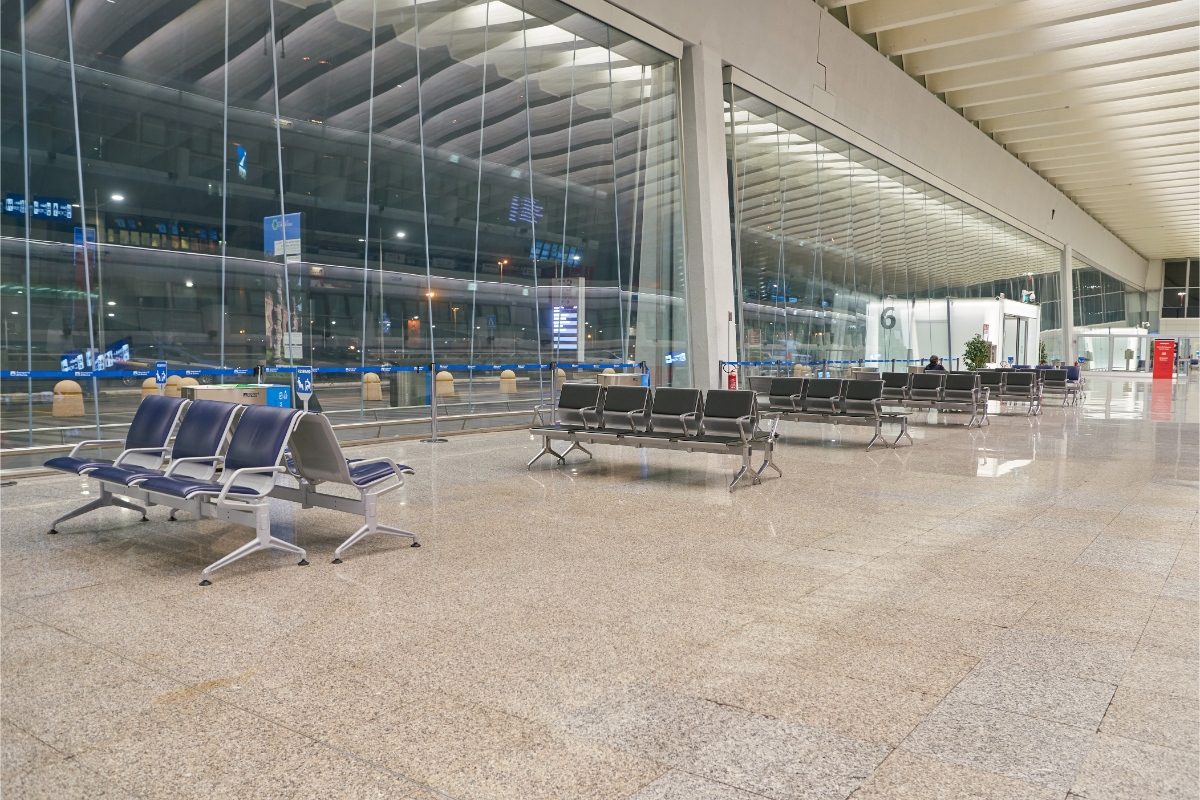
Good news – neither Fiumicino nor Ciampino charges airport departure fees. But watch out for sneaky extras:
- Luggage carts: Free at Fiumicino, €1-2 at Ciampino
- Wi-Fi: Free at both (yay!)
- Food: Pricey at both (boo!)
Fiumicino’s fancy shops can tempt your wallet. Ciampino’s simpler, but you might buy snacks out of boredom.
Security and Border Control
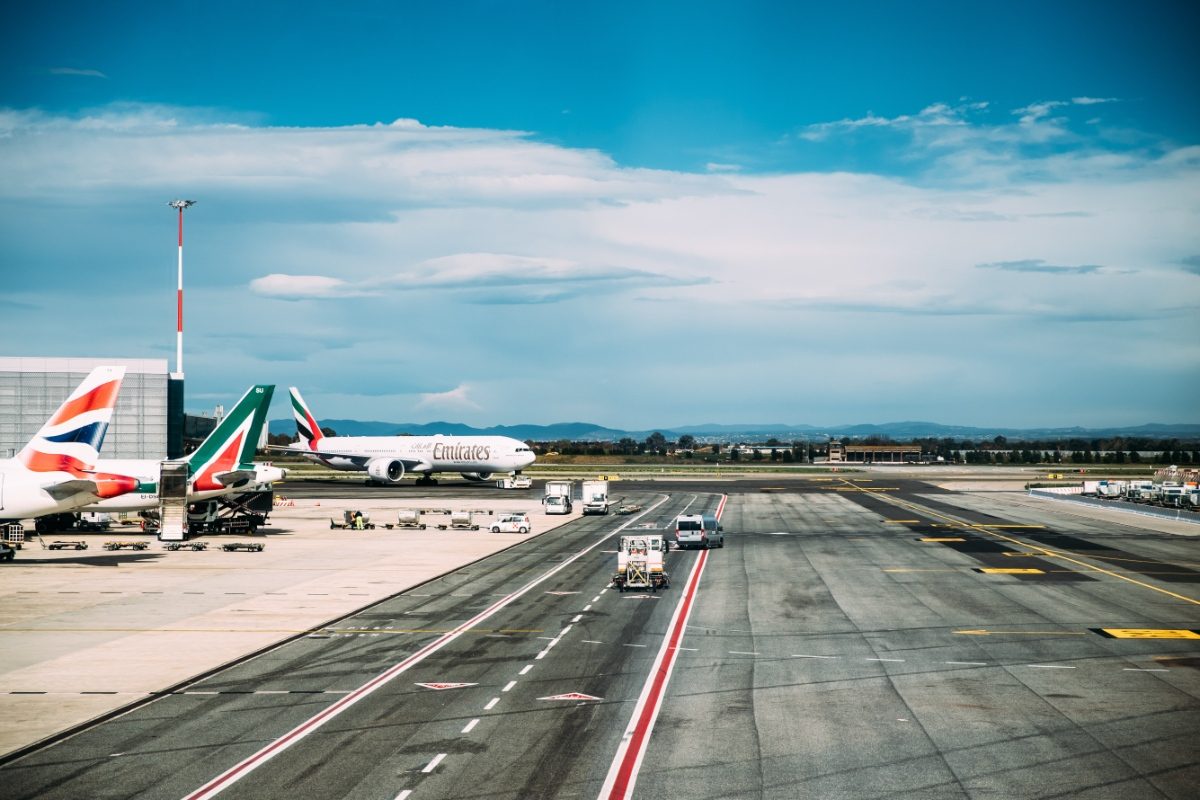
Fiumicino can get crazy busy, especially in summer. Allow extra time – at least 2 hours before international flights. Security lines move pretty efficiently, though. Ciampino is smaller, so security is usually quicker. But don’t push it—90 minutes before your flight is still smart.
Both airports use standard security procedures, so make sure you follow the rules:
- Liquids in small containers
- Electronics out of bags
- No sharp objects
Border control’s a breeze if you’re from the EU. Non-EU folks, have your documents ready!
Passport and Visa Requirements
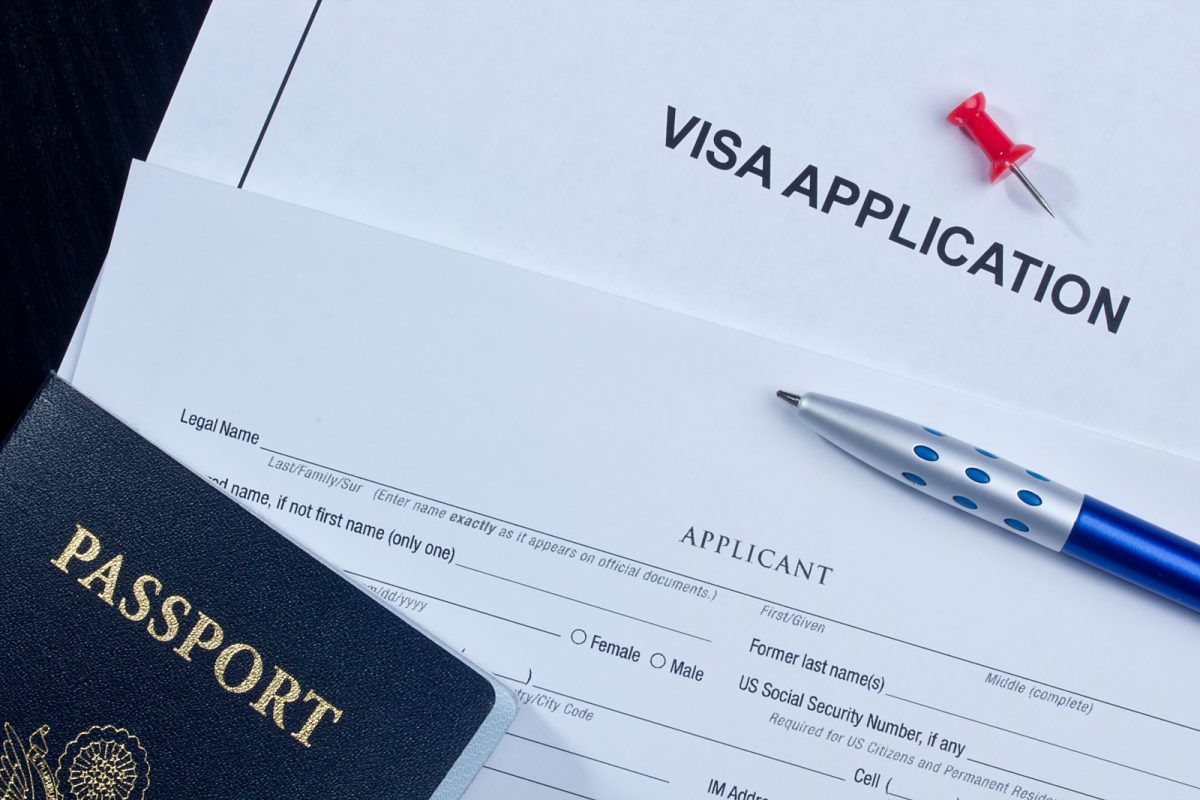
Italy is part of the Schengen Area, so EU citizens need a valid ID card or passport. Easy peasy! Non-EU visitors usually need a passport valid for at least 3 months beyond their stay. Some countries require a Schengen visa too. Check Italy’s official immigration website to be sure.
And don’t forget to double-check requirements before you fly. They can change!
Accommodations and Stay
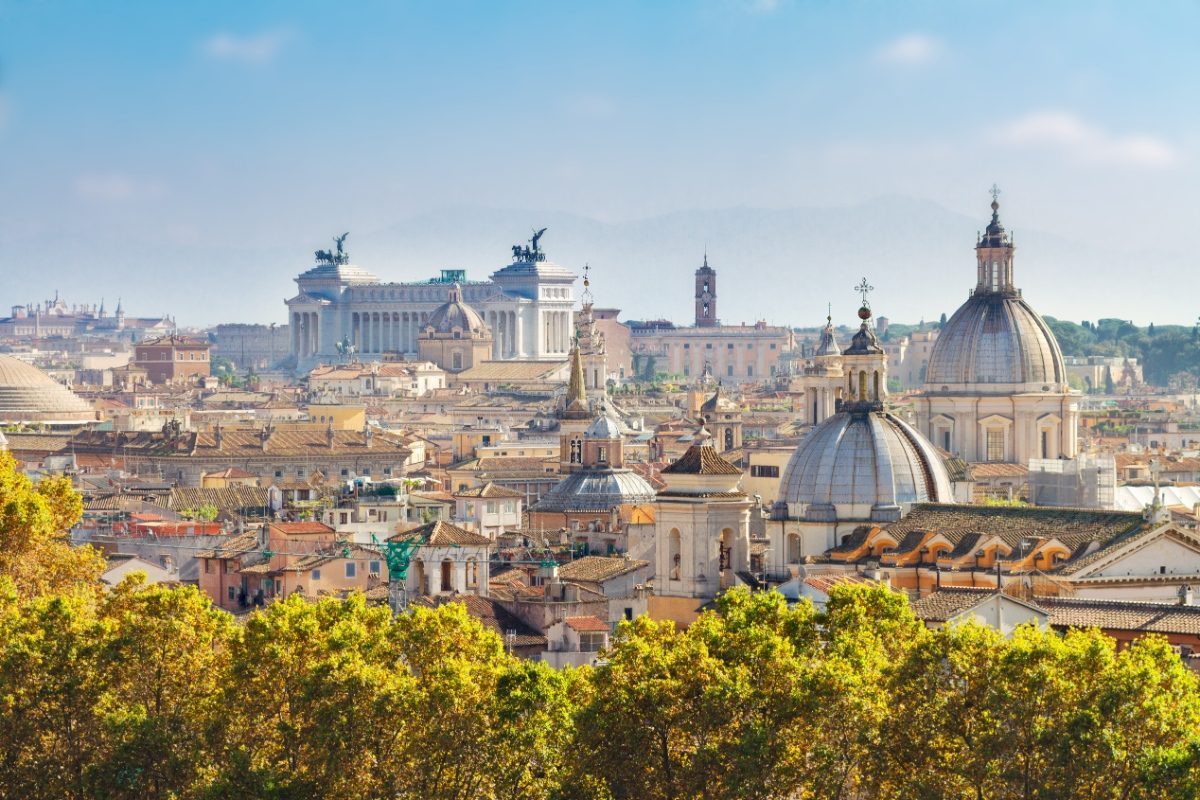
Rome’s two airports offer different lodging options and connections to the city center. Let’s explore the hotel choices near each airport and how easily you can reach central Rome from Fiumicino and Ciampino.
Hotels Near the Airports

Fiumicino Airport has several upscale hotels right on the property. The Hilton Rome Airport is connected to the terminals by a covered walkway. It’s got a spa, fitness center, and restaurants with runway views. Pretty fancy! For a cheaper option, try the Air Rooms Rome Airport by HelloSky. It’s inside Terminal 3 and has basic but comfy rooms.
Ciampino doesn’t have as many hotel choices nearby. The closest is Best Western Hotel Roma Tor Vergata, about 3 miles away. It offers a free shuttle to the airport. Another option is the Ciampino Airport Inn, a small guesthouse about 2 miles from the terminals. The rooms are simple but clean, and the staff is super friendly.
Accessibility to Rome City Center
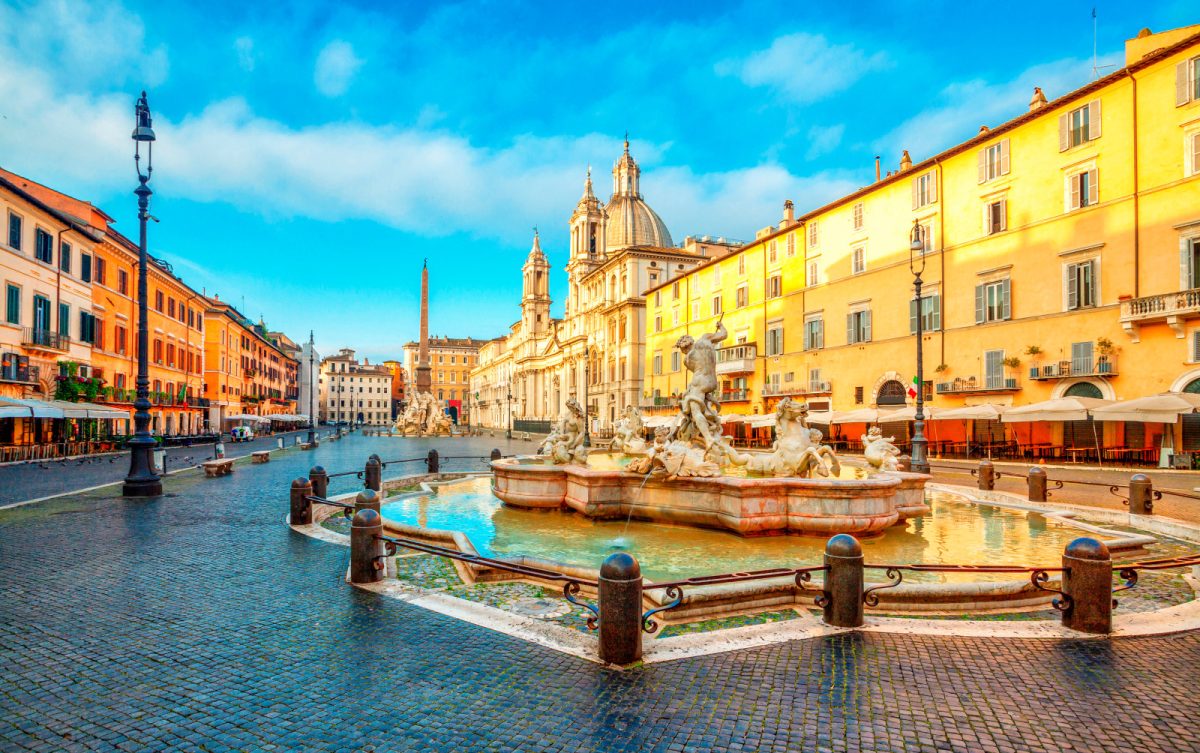
Getting from Fiumicino to central Rome is easy. The Leonardo Express train will take you to Termini station in just 30 minutes. It runs every half hour and costs about 14 euros. There’s also a cheaper regional train, but it makes more stops.
Ciampino’s a bit trickier to reach Rome from. Your best bet is to grab one of the shuttle buses that go to Termini station. They take around 40 minutes and cost about 6 euros. There are a few companies to pick from. If you’re feeling fancy, a taxi will get you there quicker but costs way more – around 50 euros.
Frequently Asked Questions
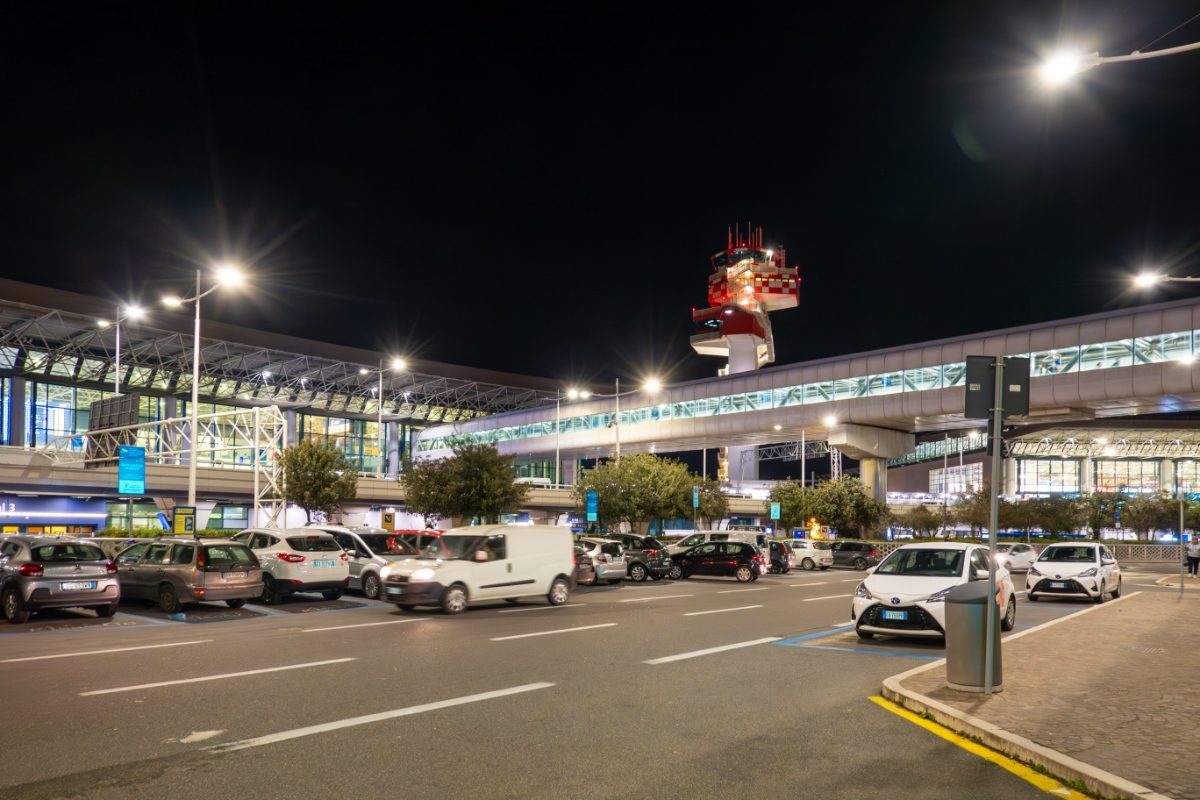
Which airport is closest to the city of Rome?
Ciampino (about 15 km) is closer to Rome’s city center than Fiumicino (about 30 km). Reaching Rome after leaving Ciampino will take at least 25-30 minutes.
How far is Rome Fiumicino Airport from the city center?
If you take a train, a taxi, or a bus, the trip from Fiumicino Airport to the city center of Rome will take around 30-45 minutes.
Is Rome Fiumicino Airport also known as Leonardo da Vinci Airport?
The main airport of Rome, Fiumicino, is also called the Leonardo da Vinci Airport. The names are used interchangeably while in Rome, so keep that in mind when you’re planning your trip.
Related Resources


0 Comment